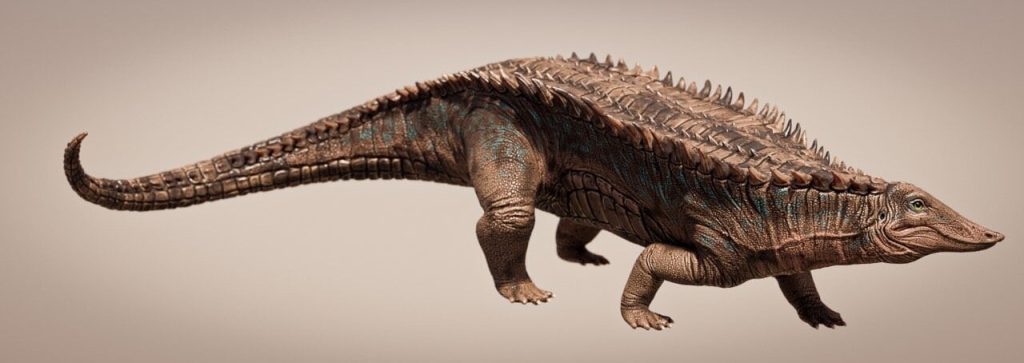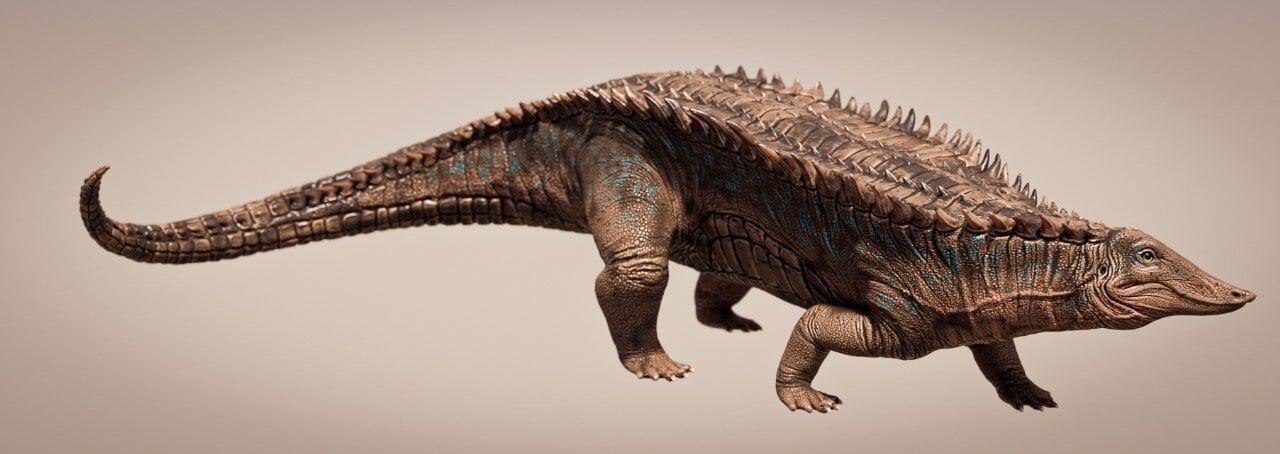
Dinosaurs often get a lot of attention, but before them, aetosaurs were the dominant animals. These heavily armored creatures lived about 200 million years ago. Their fossils have been found on every continent except Antarctica and Australia, showing how successful they were for millions of years. crocodiles Researchers mainly tell different aetosaur species apart by looking at their bony armor plates, but usually there aren't many fossil remains to study. Now, a new study from The University of Texas at Austin focuses on nearly complete aetosaur armor that would have covered most of the creature’s body. fossils This armor, or carapace, is about 70% complete, and it goes from the neck and shoulders to the tail tip. This new analysis gives a rare, comprehensive view of an aetosaur’s protective covering. “Usually, you find very limited material,” said William Reyes, a doctoral student at the UT Jackson School of Geosciences who led the research.
William Reyes, a doctoral student at the Jackson School of Geosciences, examines an aetosaur specimen on display at the New Mexico Museum of Natural History and Science. Credit: William Reyes
While studying this plated armor, Reyes and colleagues realized that it didn’t match the patterns of previous specimens. They argue that the fossils belong to a new aetosaur species called
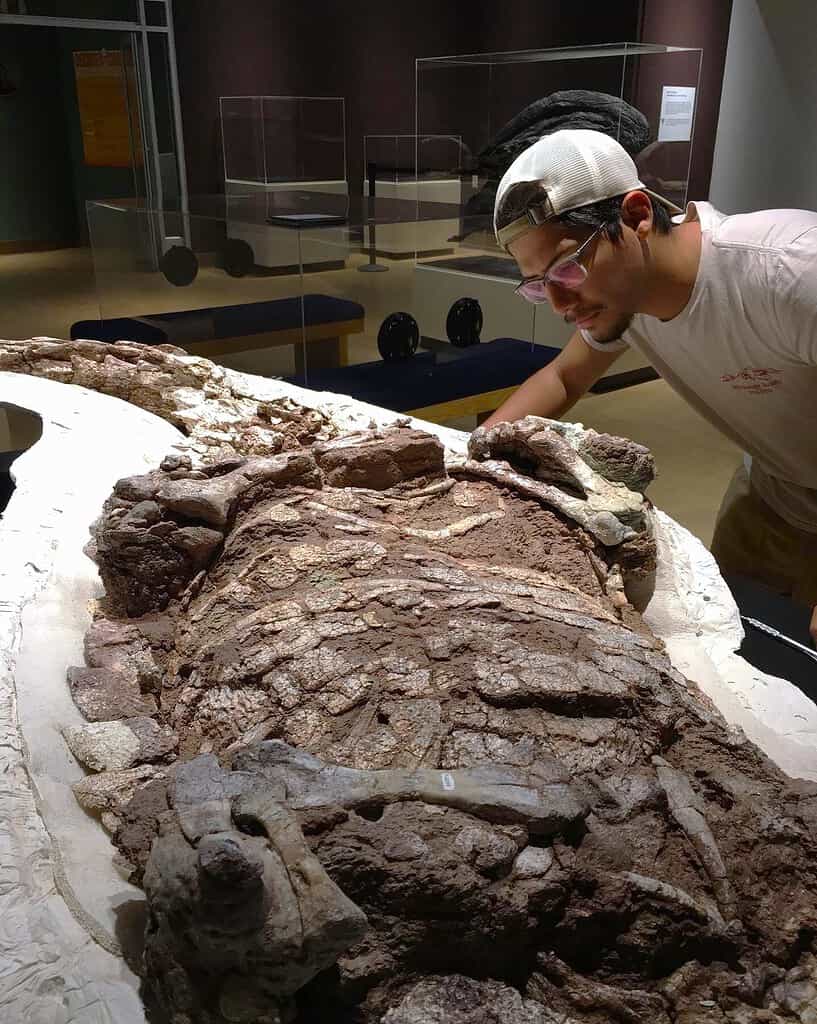
. This name honors Garza County, Texas, where the discovery was made, and Bill Mueller, the paleontologist who found it, with “pelta” meaning shield in Latin. Part croc, part armadillolived around 215 million years ago and looked like today’s American crocodile but with much more armor. Aetosaurs and crocodilians both belong to the ancient clade
Pseudosuchia
Garzapelta “Think of a modern crocodile, but with the characteristics of an armadillo,” said Reyes, describing the intimidating ancient beast. Part crocodile, part armadillo, but also part bird and pig. That’s because aetosaurs — whose name means “eagle lizard — had a head resembling a bird, which ended in a pig-like snout over a shovel-shaped jaw. Quite a mix indeed..
An osteoderm from the trunk region of
Garzapelta muelleri
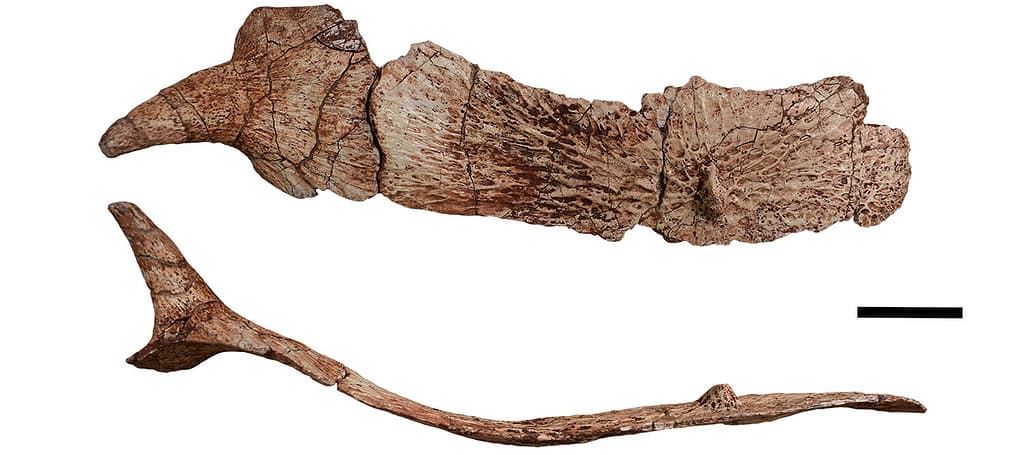
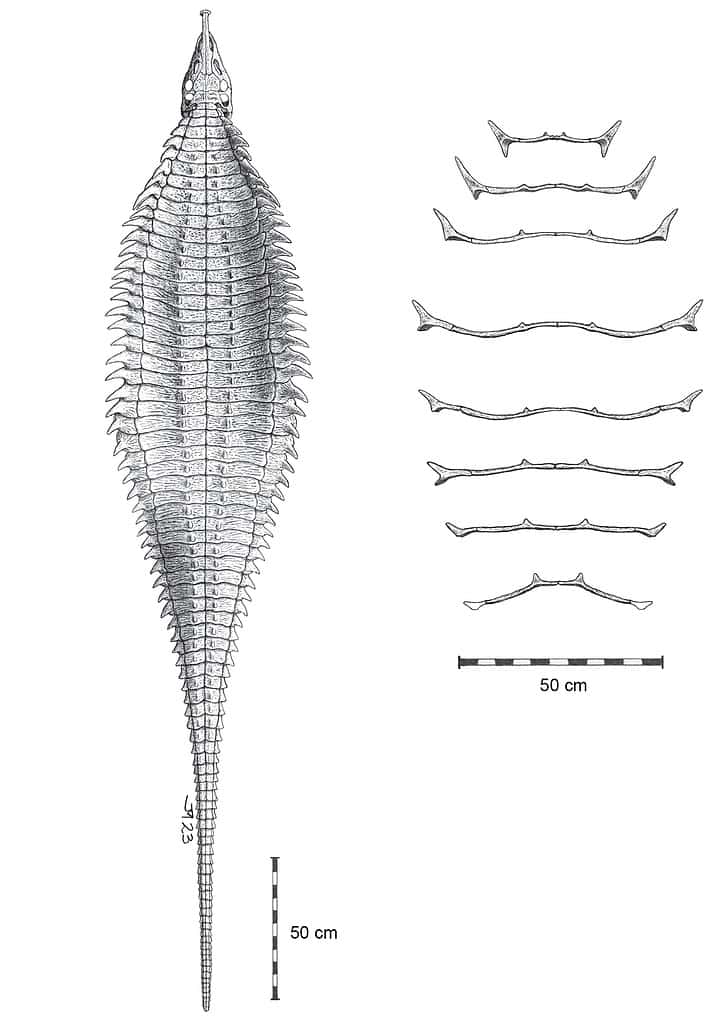
Garzapeltaare very similar to those found on another aetosaur. However, the two are not directly related. Instead, the spikes are the result of convergent evolution — where unrelated species independently evolve similar traits. Many times this happens because they share the same evolutionary pressures. Another example is the evolution of the ability to fly, which has occurred independently in insects, birds, and bats.
The results were published in Garzapelta The Anatomical Record
Was this useful? Thank you for your feedback!.
Related Posts
Ancient tools show that Neanderthal groups disappeared in stages, replacing each other
- Germany's word of the year is a play on climate change
- The coldest antimatter yet might assist scientists in exploring its mysteries
- It had the body of a crocodile, the protective shell of an armadillo, the head of a bird, and the nose of a pig.
- Coldest antimatter yet might help scientists probe its secrets





